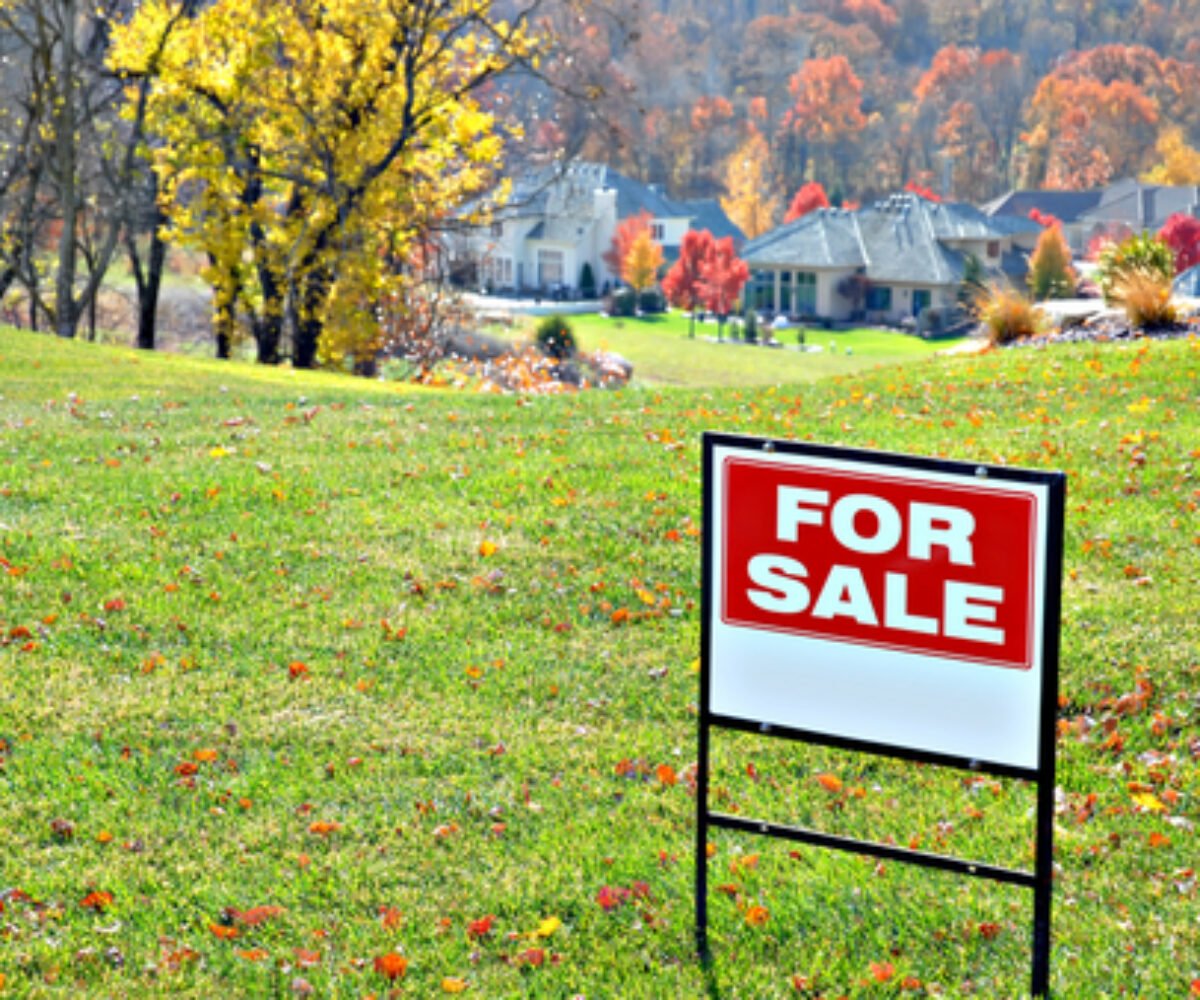15 Things to Look for When Choosing a Lot for a New Home

Choosing a lot for a custom home is a crucial piece of the home-building process. Many factors affect the design and features of the home, and can also impact your quality of life in the home. Your Denver Metro Area custom home builder can help you identify potential problems as well as advantages associated with a particular property.
Here are the main things to look for when choosing a lot:
1. The Slope of the Lot
Slope affects whether water drains off the property sufficiently, which is ideal, or if it collects, which likely will cause problems with footings and foundations, walkways and driveways, wells and septic tanks, and landscaping. Standing water also attracts insects. Choose a lot that has natural drainage of rain and runoff from neighboring properties.
The slope can affect the home’s design, determining if slab construction is possible or if the lot is best suited for a walkout basement.
2. The Shape of the Lot
Two lots with the same square footage may not both be buildable despite having the same area. A long narrow lot will not be as usable as one that is square. The shape of the lot impacts where the home is situated and the size of front, side and rear yards. Homes on cul-de-sacs (pie-shaped lots) may have setback requirements (the distance the home is from the street) that allow for side yards but also mandate longer driveways.
3. The Direction the Front of the House will Face
North-facing homes will have snow on the driveway long after it falls, because the house will block the sun. South-facing homes have greater opportunity for passive solar, which can melt the snow and make your home warmer all year long. Here in the Denver Metro Area, 300 days of sunshine a year can lower your heating costs when your house is properly situated. Of course, you have to address how that sunshine will increase your air conditioning costs in summer, as well. The direction your house faces will also impact the benefits of adding solar panels.
4. Zoning, Building, and Development Plans for the Area and Surrounding Lots
It is not always evident when looking at an undeveloped area what it will be like once homes, businesses and traffic move in. Consider what is around the lot currently and what potentially will be there. How busy is the street likely to be in a few years? Do you know what will be built around you that might impact your view, your privacy or your solitude? What are the zoning restrictions for setbacks, how high you can build, and what pets you can have? Are all the lots around you zoned for residential, or is there a potential for businesses to be closer than you’d like?
5. The Proximity to Streetlights, Electrical Towers, and Other Objects that Might Impede Your View
Be sure to consider the view from second and third stories, if applicable, as well as from ground level.
6. The Proximity to Schools, Shopping, Work, and Recreation
Personal preference typically dictates how close you want to be to amenities, work or school, or even friends and family. Does the location of the lot meet your needs? Proximity to schools, shopping, work and recreation can be a factor for resale. Being too close means more noise and traffic. Being too far means less convenience.
7. Traffic Patterns Around and Near the Lot
Will your lot border a busy street? What are the traffic patterns? Is the small street that exists now going to grow to a four-lane thoroughfare? Busy streets are noisy and tend to be less attractive to home buyers.
8. Neighborhood Characteristics
Make sure the home you have in mind is in line with the value of the other homes in the neighborhood and that you are not overbuilding. (You don’t want to have the most expensive home in the area.) Check to see if the homes in surrounding areas are well kept or run down. Are the lawns well maintained? Is the neighborhood desirable?
9. Amenities Available
Does the lot have easy access to:
- Underground utilities
- Municipally supplied water
- Sewer and gas
- Cable TV and high speed internet
10. Taxes
Find out what typical property taxes are in the area.
11. View
Does the lot have a view that you will be able to take advantage of with your building design?
12. Easements
Easements grant rights to others to access your property for specific purposes. Some, such as utility easements, are common. Be sure you know what, if any, easements will impact how your property can be used and who can legally access it.
13. Trees
Trees can be an asset, but there are costs associated with them. Trees within the building footprint will have to be removed, which adds to the construction cost. Trees can also block views, increase fire risk, and require ongoing maintenance.
14. Soil Type
Some soils are subject to expansion and movement, which can compromise the structural integrity of your home. Have the soil tested by a knowledgeable soils engineer.
15. Restrictions
In addition to zoning regulations, some areas have restrictive covenants that determine what your home can look like and what activities can take place on your property. Local building codes and restrictions can also impact the type of home you build.
/Sheffield_Logo_Horizontal_Reversed.png)


